History of Lobster Traps
& Lobster FishingLobster Fishing has been around for over 200 years. In the beginning fishermen and locals picked lobsters from the shore in the shallow waters along the coast.
Often referred to as Rock Lobster, or American Lobster, with a scientific name Homarus Americanus, the harvesting of these shell-fish has grown into the largest shellfish exports for the Maritimes Provinces of Canada and the New England Coast of the USA.
Although lobster traps have also been around for over two centuries there has been very little change or improvements in their design and function.
First generation lobster traps were made of wood and had a short life-span of 1-2 years. They were made by hand and required continual maintenance and repairs. They were often referred to as lobster pots and became heavy and difficult to handle once waterlogged. They did not stand up well to storms and strong tidal waters against the rough bottom of the seabed. Typically fisherman used beach rocks to add weight to the traps to help them sink and stay in place on the ocean floor.
PVC coated wire mesh entered the industry in the late 70’s to early 80’s. The coated mesh was first used to repair wooden traps. As it proved better than wood, it grew throughout the industry. In the following decade, it evolved into being used to make the entire trap and became the primary material of choice to build lobster traps – until now.
Wire mesh traps have a typical lifespan of 5 years, depending on where they are fished and how they are handled. Wire traps still require regular maintenance and repairs during the closed season. Compared to the wooden traps, they are stronger, lighter and easier to stack.
In
In the USA, there are 7 AREAS of lobster fishing along the New England Coast. A commercial license is also required to harvest lobsters. There is also a
In Canada, lobster fishing is regulated at a federal level by the Department of Fisheries and Oceans, often referred to as DFO. In the US, lobster fishing is open year-round and regulated by NOAA (National Oceanic and Atmospheric Administration)
Lobster Traps throughout history
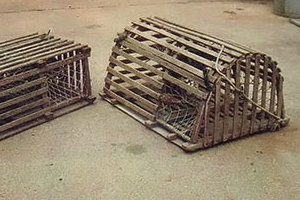
1950
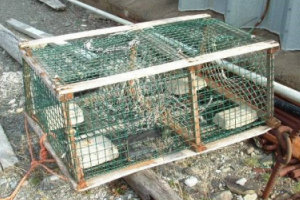
1970

1990
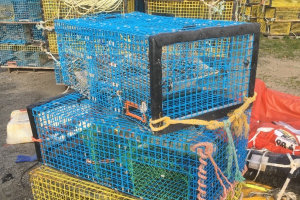
2010
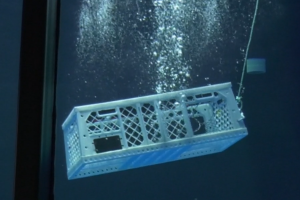
2020
The 21st Century Lobster Trap
for todays Fisherman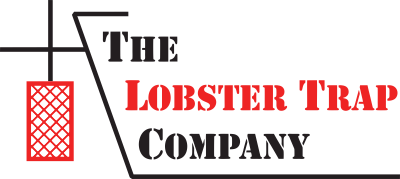
Find us at
55 Rcom Dr
Yarmouth, NS • B5A 4A8
Let's connect
Scott Dauphinee.
Managing Director
(M) +1 902 740 1095
@TheLobsterTrapCompany scott.dauphinee@thelobstertrapcompany.com

Let's connect
Scott Dauphinee.
Managing Director
(M) +1 902 740 1095
@TheLobsterTrapCompany scott.dauphinee@thelobstertrapcompany.com
55 Rcom Dr
Yarmouth, NS • B5A 4A8
© Copyright The Lobster Trap Company 2019